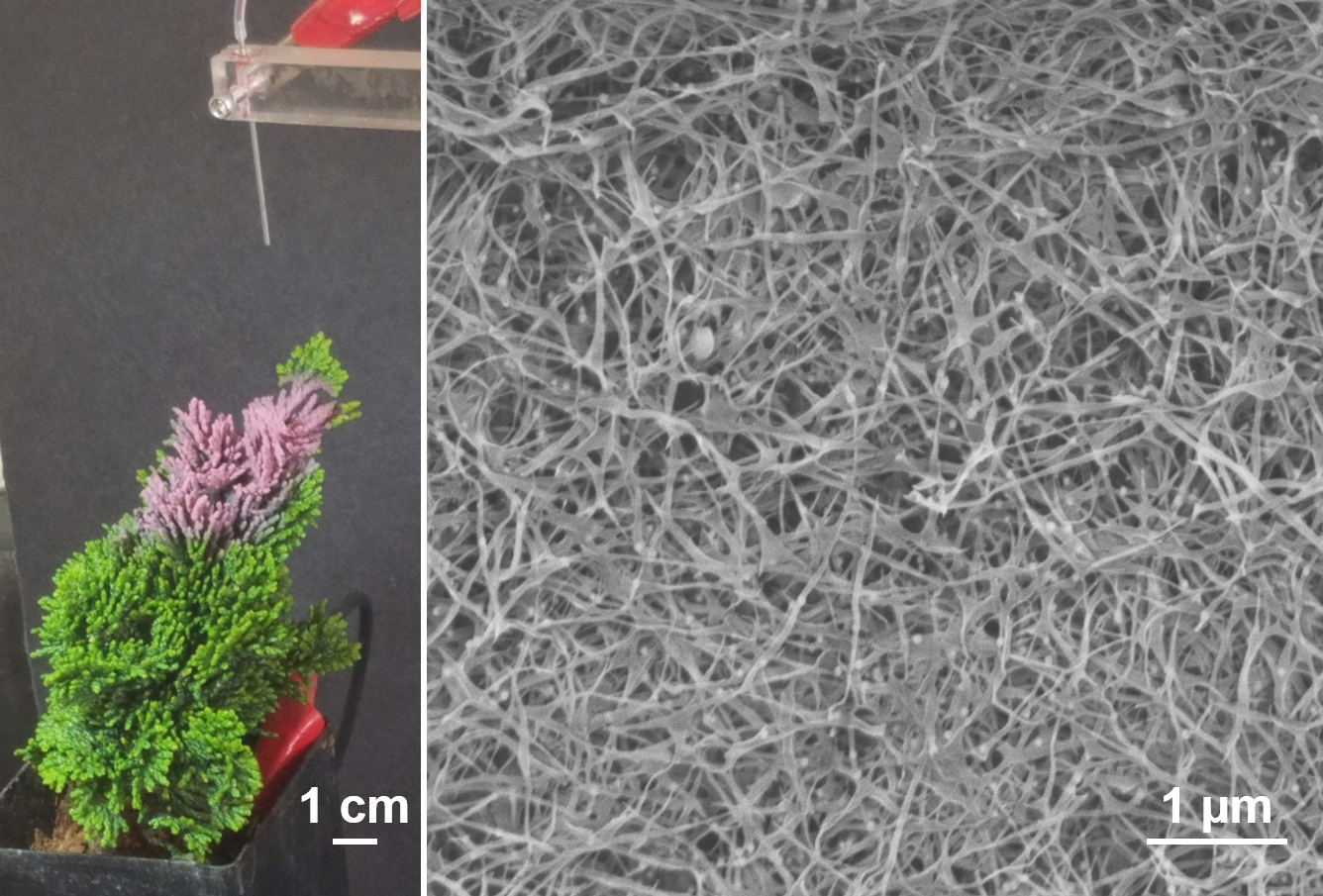A new technique for electrospinning sponges has allowed scientists from the University of Surrey to directly produce 3D scaffolds – on which skin grafts could be grown from the patient’s own skin.
Tag: 3D
FAU Engineering Study Employs Deep Learning to Explain Extreme Events
At the core of uncovering extreme events such as floods is the physics of fluids – specifically turbulent flows.
Preventing Ground Collapse through New AI-based Monitoring
The Korea Institute of Civil Engineering and Building Technology(KICT) has developed an AI-based predictive model, which is called “AI-based CRPM(Collapse Risk Prediction Model)”, that effectively provides warning for the risk of ground collapse using 3D underground space information.
Structure formation during freeze casting filmed in 3D and real time
Freeze casting processes can be used to produce highly porous and hierarchically structured materials that have a large surface area.
Chula Offers a New Dimension to Learning about the Past with “The CU Memorial Hall’s VR Program”
Chula’s Institute of Thai Studies and the Faculty of Engineering have worked together to create “The CU Memorial Hall’s VR Program” pioneering the learning of history in three-dimensional virtual reality, rendering modernity to the past and instilling a sense of fun in the new generation.
3D Innovareef: Sculpture to Restore Thai Marine Ecosystem
The Veterinary Medical Aquatic Animal Research Center of Excellence (VMARCE), Chulalongkorn University has created Innovareef—lifelike cement-based structures, convenient for planula settlement and growth, accelerating recovery of the coral reef ecosystem, promoting eco-tourism as well as functioning as smart stations for marine environmental monitoring.
Joining Forces: Fast-as-lightning 3D Microprinting with Two Lasers
Printing objects from plastic precisely, quickly, and inexpensively is the goal of many 3D printing processes. However, speed and high resolution remain a technological challenge. A research team from the Karlsruhe Institute of Technology (KIT), Heidelberg University, and the Queensland University of Technology (QUT) has come a long way toward achieving this goal. It developed a laser printing process that can print micrometer-sized parts in the blink of an eye. The international team published the work in Nature Photonics. (DOI: 10.1038/s41566-022-01081-0)
‘Placenta-on-a-chip’ Mimics Malaria-infected Nutrient Exchange between Mother-Fetus
Combining microbiology with engineering technologies, this novel 3D model uses a single microfluidic chip to study the complicated processes that take place in malaria-infected placenta as well as other placenta-related diseases and pathologies. The technology supports formation of microengineered placental barriers and mimics blood circulations, which provides alternative approaches for testing and screening.
Gamified education keeps kids connected to STEM
Gamified education could be the key to boosting STEM capabilities in primary school students as new research from the University of South Australia shows that it can improve spatial reasoning skills and shape positive attitudes towards STEM and design thinking.

Plant-Based Spray Could be Used in N95 Masks and Energy Devices
Engineers have invented a way to spray extremely thin wires made of a plant-based material that could be used in N95 mask filters, devices that harvest energy for electricity, and potentially the creation of human organs. The method involves spraying methylcellulose, a renewable plastic material derived from plant cellulose, on 3D-printed and other objects ranging from electronics to plants, according to a Rutgers-led study in the journal Materials Horizons.
LLNL develops 3D ‘brain-on-a-chip’ device capable of long-term recording of neural activity
Lawrence Livermore National Laboratory engineers and biologists have developed a “brain-on-a-chip” device capable of recording the neural activity of living brain cell cultures in three-dimensions, a significant advancement in the realistic modeling of the human brain outside of the body.